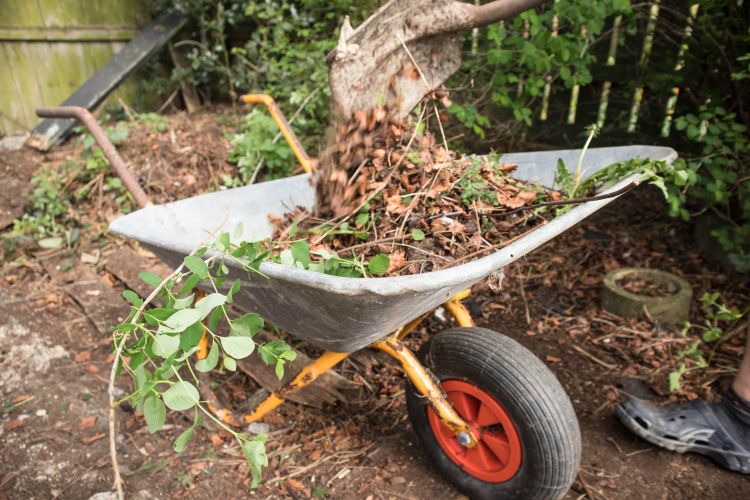Good soil means everything for a gardener looking to raise healthy, happy plants. While there are certainly countless chemicals and expensive solutions, there are actually many simple things you can do to boost nutrients and maintain a successful garden.
Curious to learn more? We have discovered a few inexpensive, DIY solutions that can perk up your plants and promote healthy growth. Read on to learn more.
Advertisement
1. Banana skins

Shutterstock
Bananas contain a number of nutrients including potassium, phosphate, sulfur, calcium, magnesium and sodium. All of these things can help promote healthy growing for plants. The best way to effectively use banana peels is to cut them up into small pieces so that they can decompose faster. This will result in organic matter that helps establish rich soil
2. Ash

Shutterstock
If you have a fireplace, you'll love this free method for raising pH levels. You simply scatter the ash around the soil as a way to lower acidic levels. This will make it easier to grow a fresh crop.
3. Leaves

Shutterstock
Allowing leaves to rot over a garden during winter will provide nutrients for the soil to prepare it for the next growing season. The leaves work to pull the organic matter back down into the soil making it dark and rich.
4. Epsom salt

Shutterstock
Epsom salts are especially good for soil. Low pH levels are usually an indication of a magnesium imbalance. To boost pH levels in the soil, dilute Epsom salt with water and spray on the plants. The vegetation will soak up the welcomed nutrients.
5. Raw egg

Shutterstock
The solution for a thriving plant may be as simple as planting a raw egg. As you prepare your pots with soil, simply include a single raw egg at the bottom. Over time, the egg will decompose and works as a natural fertilizer for the seedlings.
6. Use compost regularly

Shutterstock
While using bits and pieces of natural matter can be helpful, combining many pieces of compost will only go one step further toward enriching your soil. There are a number of benefits of using natural compost regularly. It works to improve the soil structure while using less water and warding off common plant diseases. The soil benefits from added layers of nutrients, especially before a growing season.
7. Make a small compost

Shutterstock
Advertisement
Interested in making your own compact compost? It's much easier than you may think! The indoor compost method is great for people who don't have a lot of yard space. The way to do it is easy. You'll need a container that is big enough to hold about three weeks worth of waste, a stirring stick ,and soil. You should start by grinding up the waste in a mixer and then drain it of excess water. Put in the container and cover with soil. Stir. After a couple of weeks, stop adding waste and start a new container in the same way. In two weeks the compost will begin to look more like soil. With two containers going, you'll always be in full supply of fresh compost to add to your plants. Of course, the bins don't have to be kept indoors.

